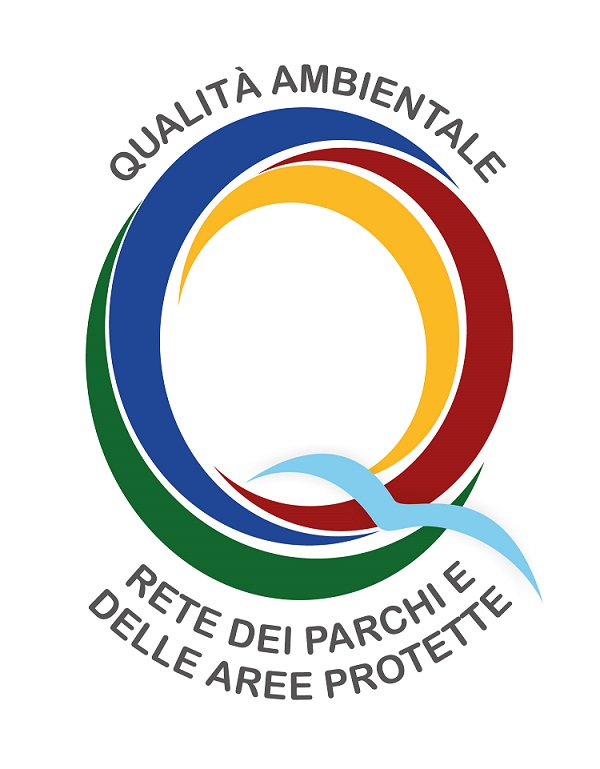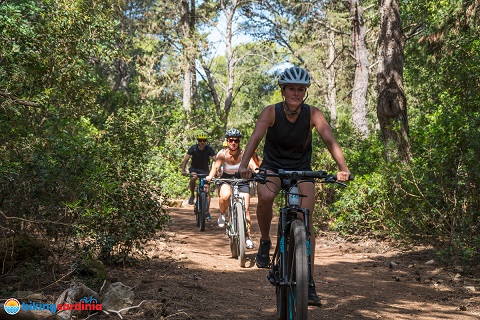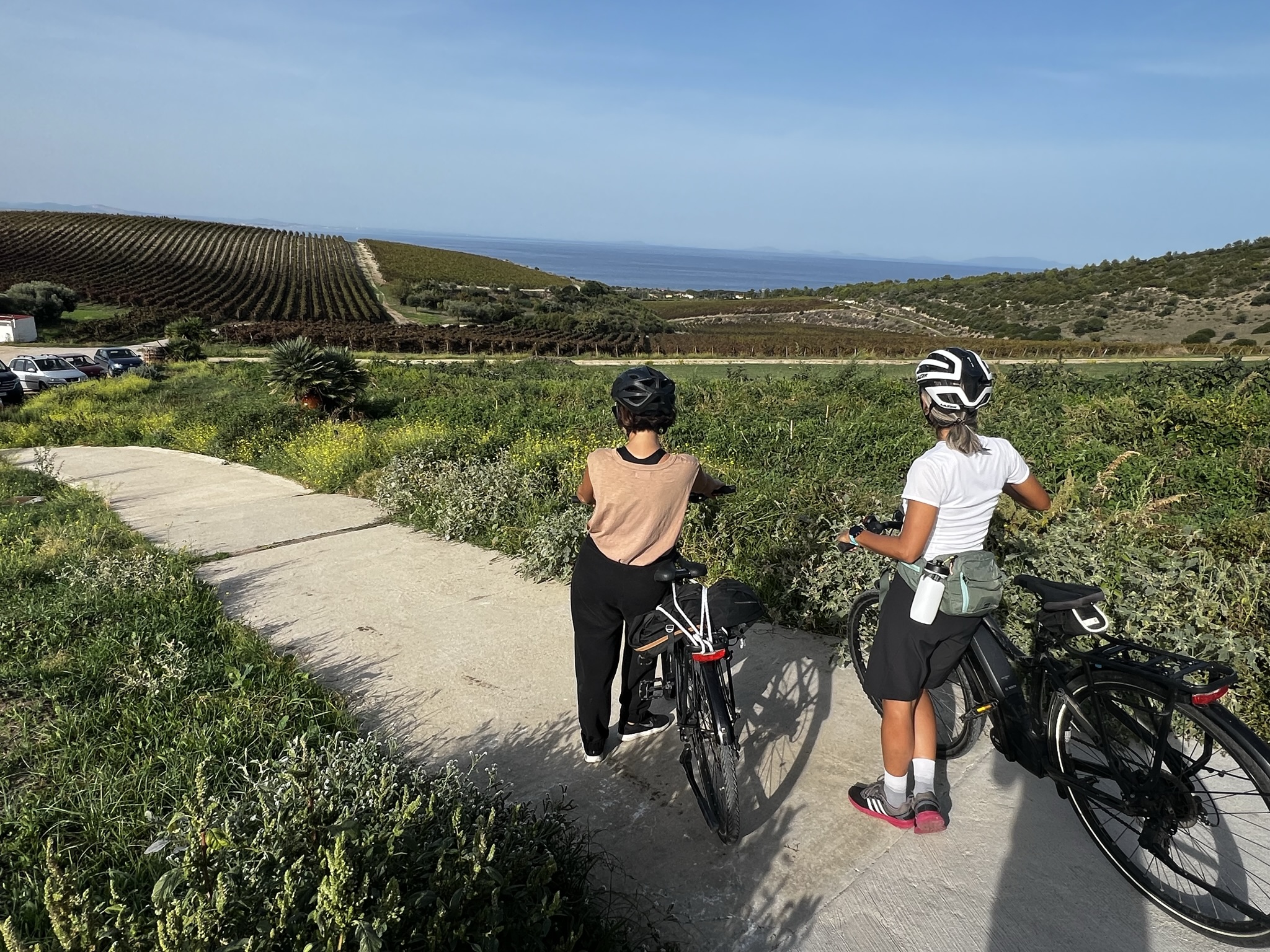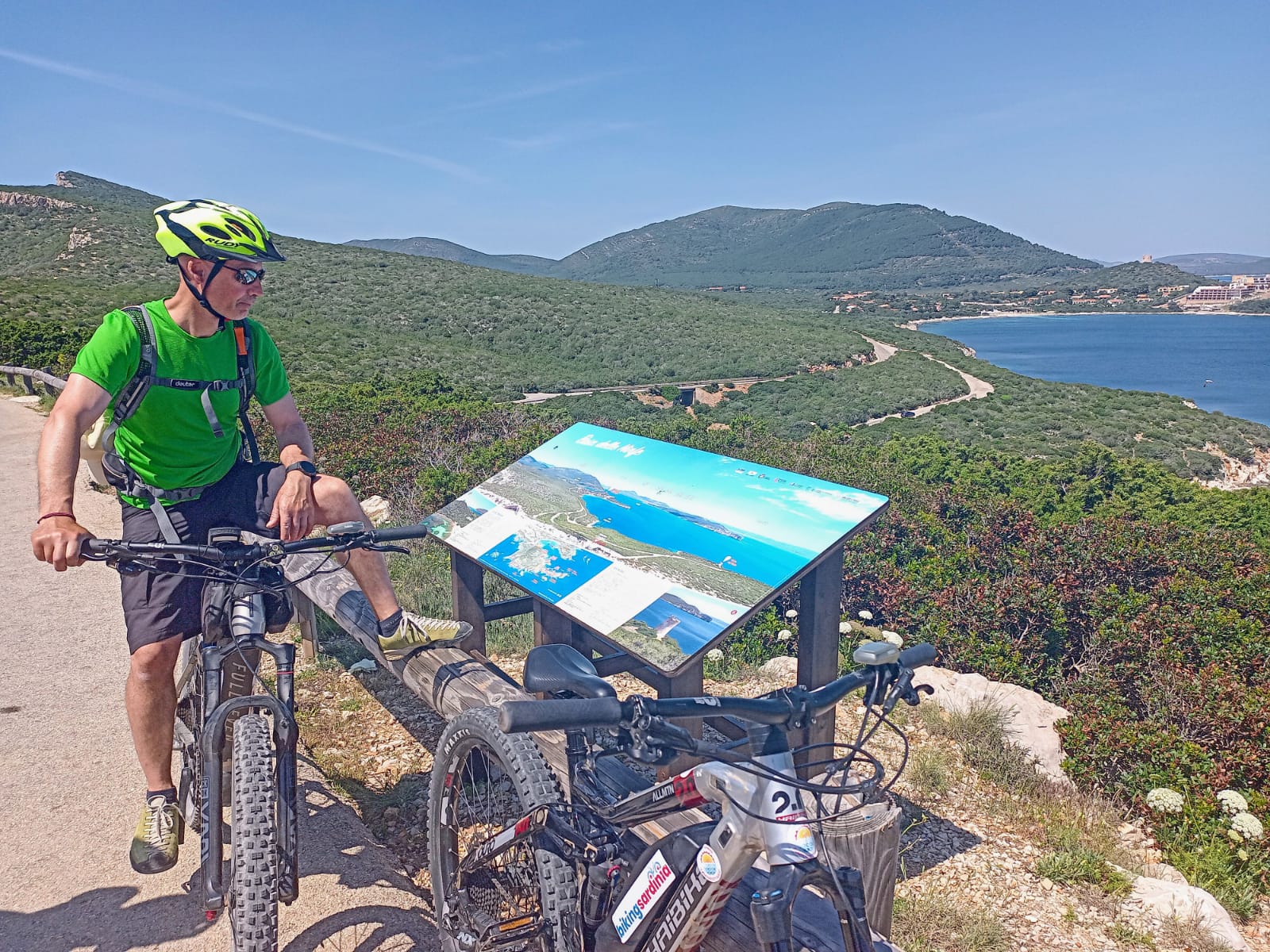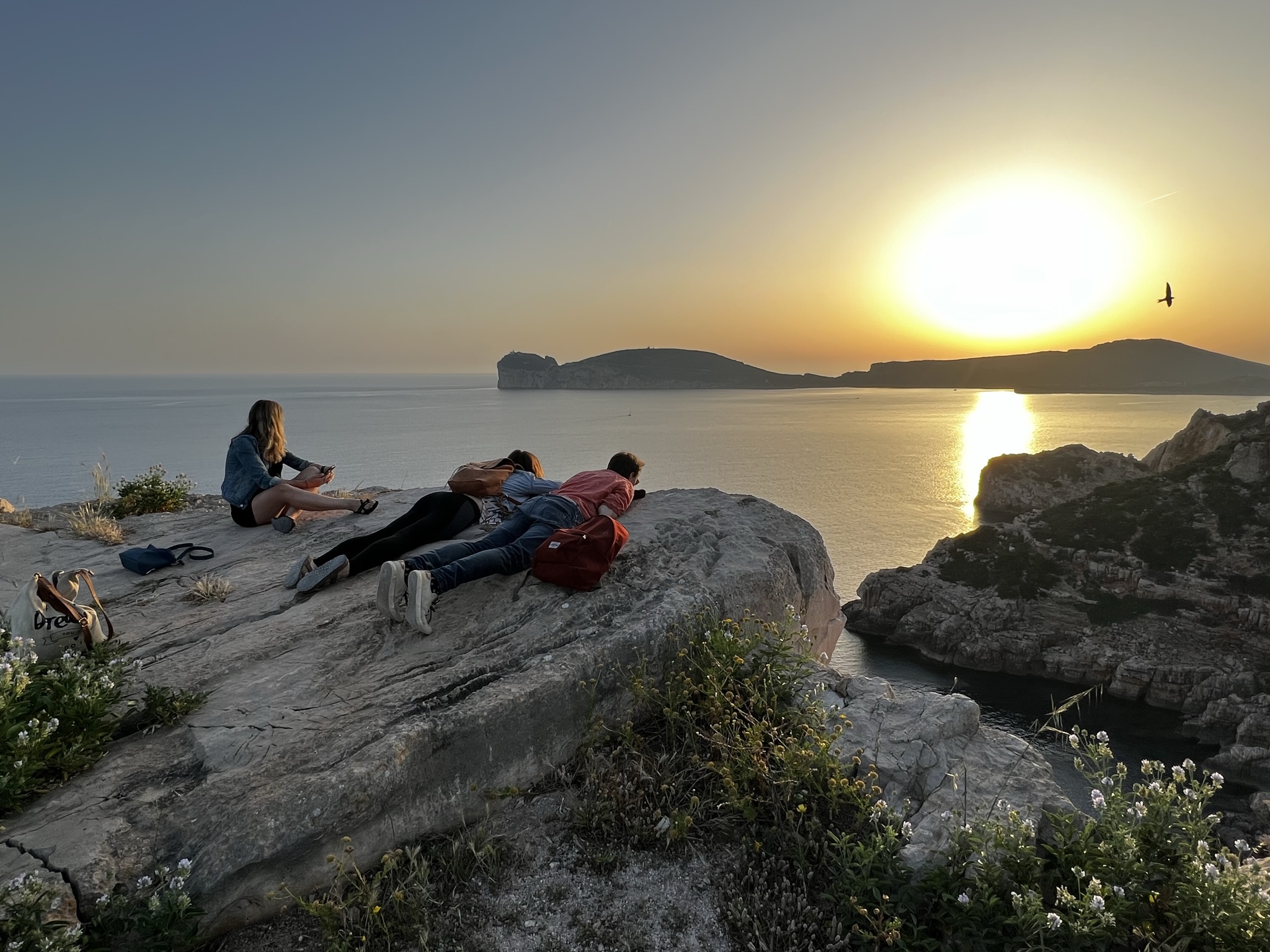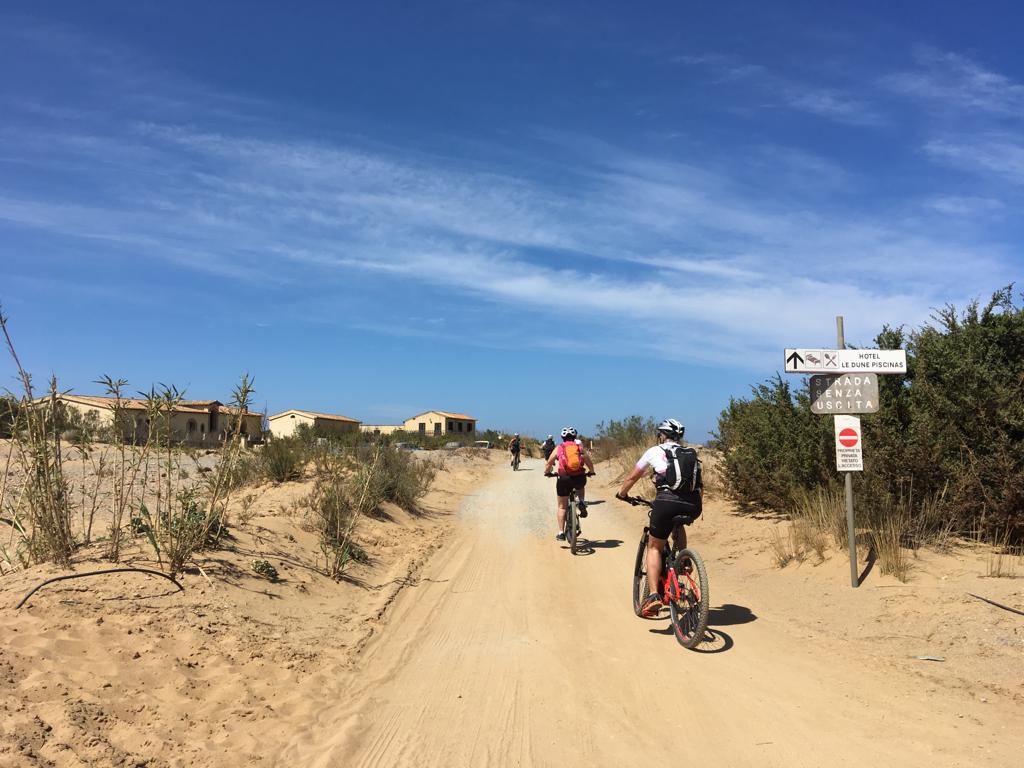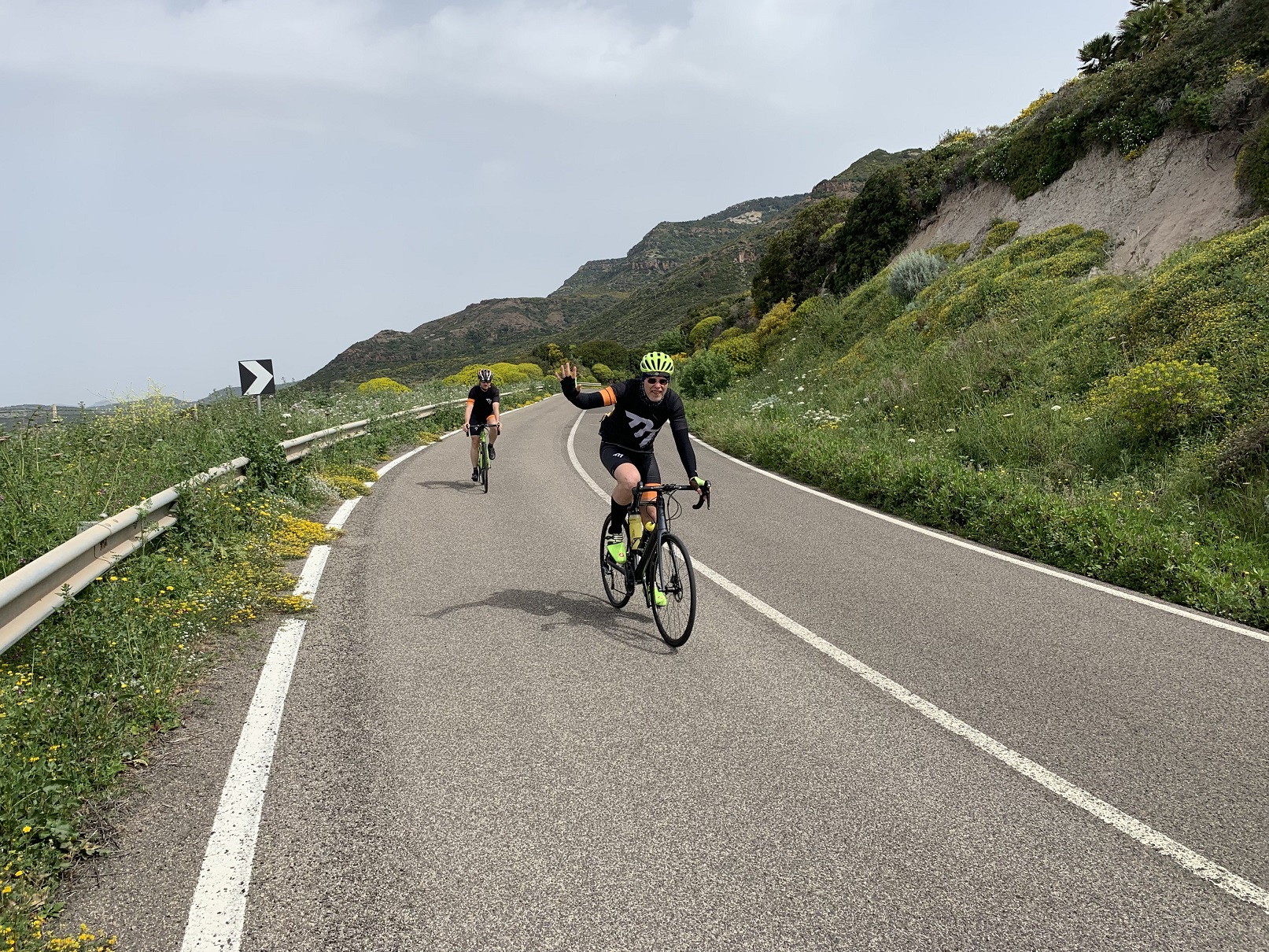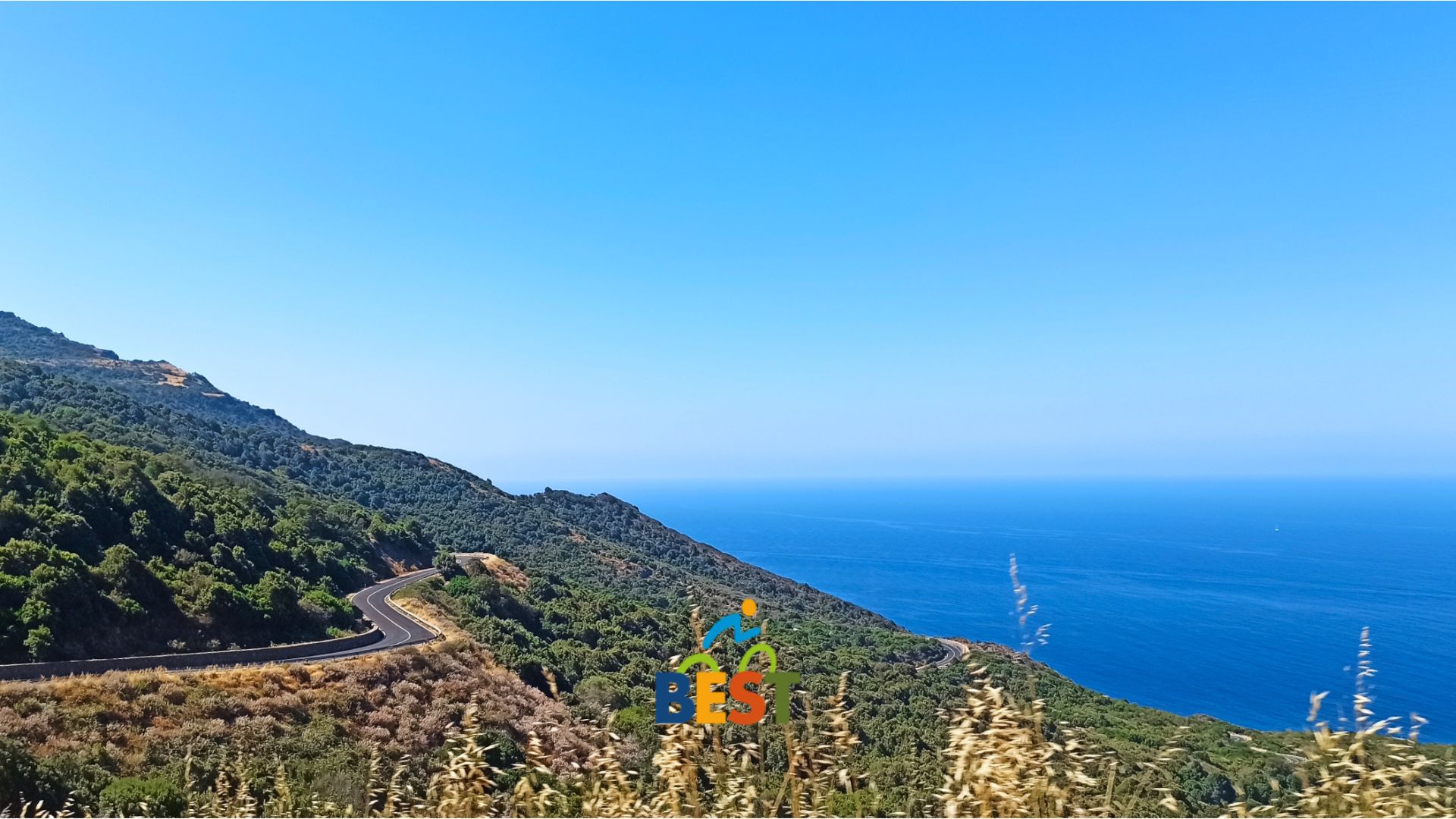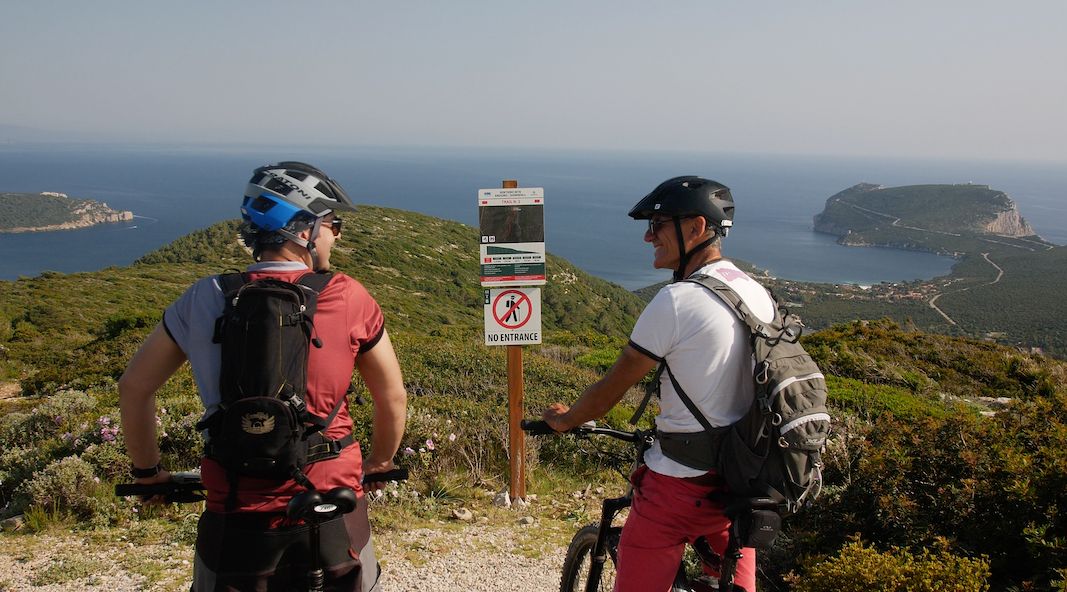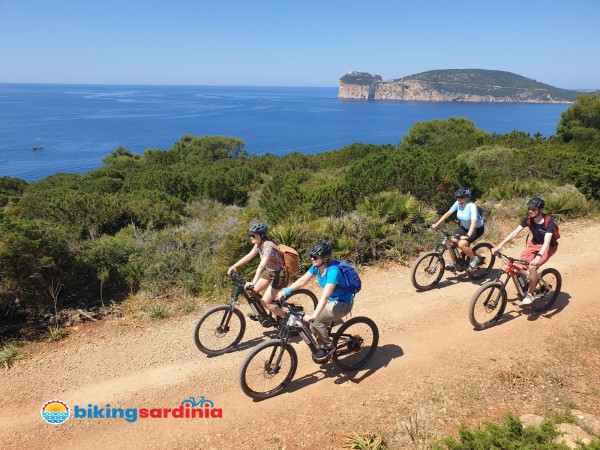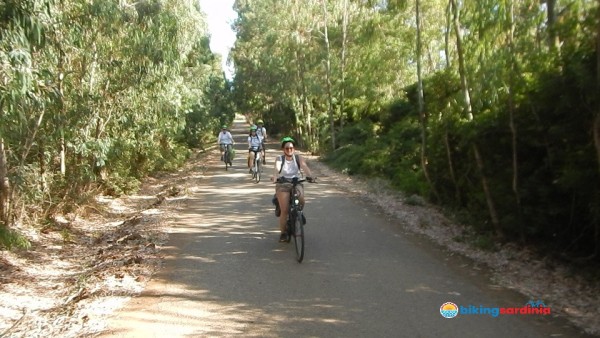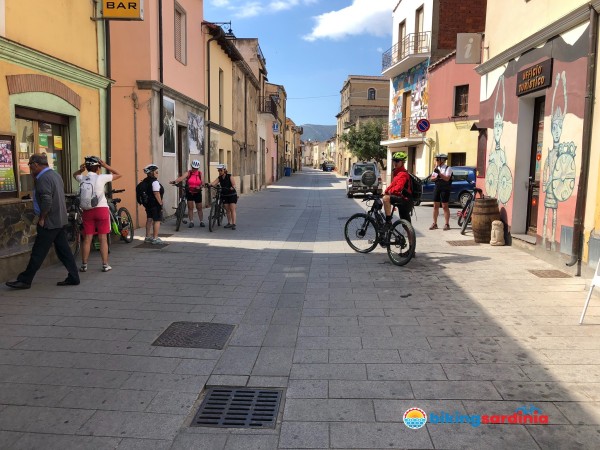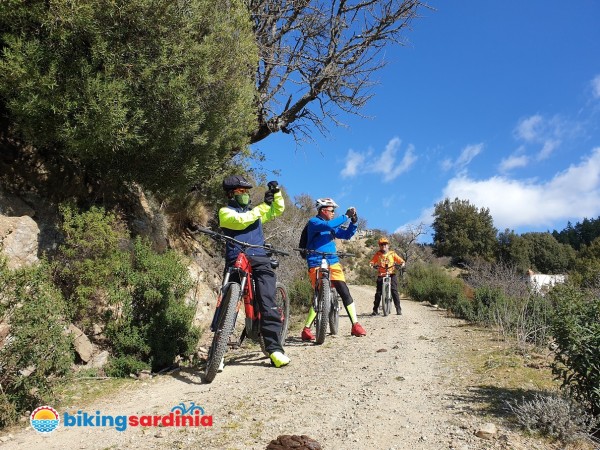Funforgettable experiences
The best bike tours in Sardinia, living the real feeling of the island!
Best Top Quality Bike
Our extensive fleet of bikes range from Ebikes, Hybrid, Mountain Bikes and Racing Bikes meaning that whatever event you may be doing, we’ll have you covered!
Top Notch Support
We are here to help, before, during, and even after your trip.
Best cycling destinations in Sardinia
Exploring Sardinia on a bike has never been easier!
Biking Sardinia has been providing exceptional road and mountain biking tours, cycling vacations, and bike rentals since 2018. Our company was founded with a vision to share our love for cycling and our breathtaking island with bike enthusiasts from every corner of the world.
Alghero Cycling Day Tours
Alghero
Riviera del Corallo E-Mtb Tour - Natural Park of Porto Conte
Tour Code - ERC01
from
85,00€
4 Hours
Difficulty
Easy
Cycling Styles
Guided tour
Cycling Types
E-Bike
Alghero
Di-Wine Tasting Tour - Day Tour
Tour Code - DWE1D
from
120,00€
95,00€
4 Hours
Difficulty
Easy
Cycling Styles
Guided tour
Cycling Types
E-Bike
Alghero
The Sleeping Giant - Day Tour
from
90,00€
80,00€
4 Hours
Difficulty
Easy
Cycling Styles
Guided tour
Alghero
The Sunset Experience at Punta Giglio
Tour Code - EPG01
from
99,00€
85,00€
3 Hours
Difficulty
Easy
Cycling Styles
Guided tour
Cycling Types
E-Bike
Multi Day Cycling Tours
More
Alghero
West Coast Vertical Tour 2023, ALGHERO - PULA - code NWS06D
from
1.490,00€
1.190,00€
8 Days
Difficulty
Moderate
Alghero
Sardinia Coast to Coast, from ALGHERO to OLBIA by E-Bike - Komfort 2024
Tour Code - AO1B7
from
1.290,00€
990,00€
7 Days
Difficulty
Moderate
Cycling Styles
Self Guided
Cycling Types
E-Bike
Bosa
On The Road, ALGHERO - BOSA
from
150,00€
120,00€
4 Days
Difficulty
Moderate
Cycling Types
E-Bike
Road Bike
Bosa
Discover the historical regions of Northen Sardinia riding from the coast to the hinterland - BEST NETWORK
from
790,00€
7 Days
Difficulty
Moderate
Cycling Styles
Self Guided
The Latest news, reviews and product releases


